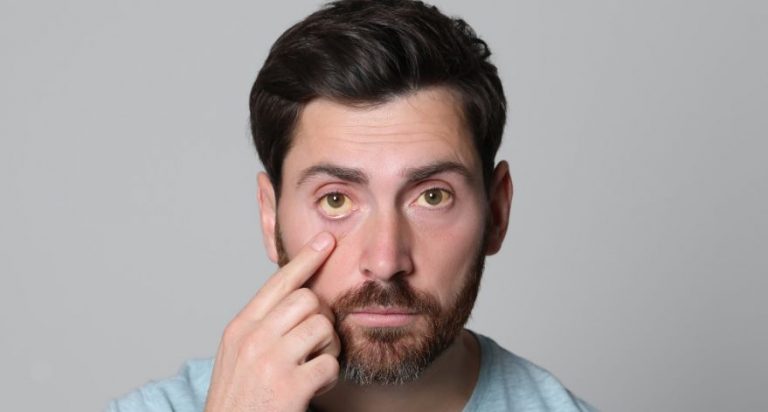Best Options for AMD and DME Care
Treatments for AMD and DME
Age-related macular degeneration (AMD) and diabetic macular edema (DME) are both eye conditions that affect the retina, and both have a range of treatments like Eylea, a drug used to treat AMD and DME.
1. Eylea
FDA-approved for both AMD and DME, Eylea is an injection given into the eye to slow vision loss by blocking VEGF, which can help reduce fluid buildup in the retina.
2. Other Anti-VEGF Injections
Anti-VEGF (vascular endothelial growth factor) injections are commonly used for both AMD and DME to prevent abnormal blood vessel growth in the retina and reduce swelling.
- Lucentis (ranibizumab): Another option for AMD and DME, Lucentis also targets VEGF to reduce abnormal blood vessel growth and leakage.
- Beovu (brolucizumab): Approved for wet AMD, Beovu is an anti-VEGF drug with a longer dosing interval for some patients.
3. Laser Therapy
Laser therapy is often used in treating DME to help seal leaking blood vessels and reduce swelling. Although not as common for AMD, specific types of laser treatment can also be helpful in some cases of AMD.
- Focal laser treatment: Primarily used in DME, this method targets individual blood vessels to reduce leakage.
- Photodynamic therapy: Primarily used for certain types of AMD, this therapy involves injecting a light-sensitive drug that’s activated by laser light to reduce abnormal blood vessels.
4. Corticosteroid Injections or Implants
For some people with DME, corticosteroid injections or implants may help reduce inflammation in the retina.
- Ozurdex (dexamethasone implant): This small implant releases steroids over time to reduce inflammation, swelling and fluid buildup.
- Iluvien (fluocinolone acetonide): An implant used in DME, Iluvien delivers a consistent dose of corticosteroids over a prolonged period.
5. Surgery
In cases where DME does not respond to other treatments, a surgical procedure known as vitrectomy may be an option. This involves removing the gel-like substance in the eye to relieve traction on the retina, which can help reduce fluid buildup in some cases.
6. Lifestyle and Nutrition
For AMD, especially the dry form, lifestyle changes and certain vitamins may slow progression. The AREDS (Age-Related Eye Disease Study) formula, a combination of vitamins C and E, zinc, copper, lutein and zeaxanthin, is commonly recommended.
Top Therapies to Consider
While age-related macular degeneration (AMD) and diabetic macular edema (DME) can affect vision, there are multiple treatment options available that may help slow their progression and improve quality of life.
Anti-VEGF injections, laser therapy, corticosteroid implants and surgical options provide targeted approaches to manage these conditions, while lifestyle changes and nutritional supplements can offer additional support, especially for AMD. Consulting with an eye specialist is key to determining the best treatment plan based on individual needs and ensuring optimal eye health.
If you're struggling with eye floaters, here's how you can remove them.
